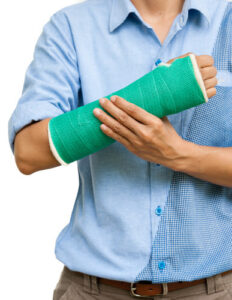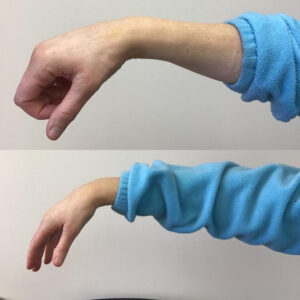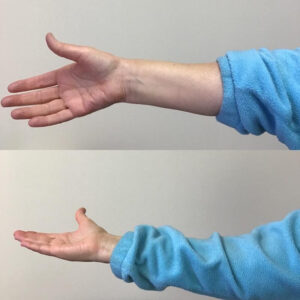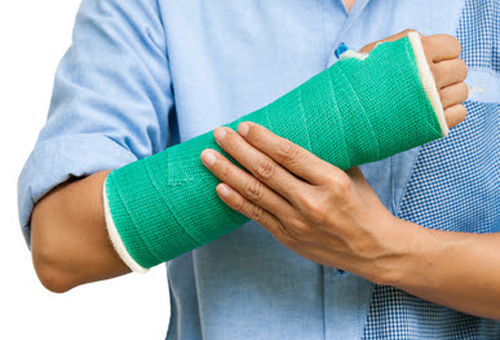Post Procedure – After the Cast is Gone …
Medical Procedures: Setting a broken bone is a procedure too
Our client had been working out, finished, and was getting off the equipment when her pant leg got caught. Down she went. The good news was she caught the fall; the bad news — her wrist took the brunt of the impact and broke.
Injuries happen any time of the year, whether from sports, accidents or daily living. A common injury for both children and adults is a fracture. Often a cast is the choice to protect while healing.
In addition to the discomfort of the cast, common issues upon removal are muscle atrophy, inflexibility, poor control, and odd sensations of pulling and tightness.
Bridging takes a look at the aftermath from a new perspective — the physics of movement, which often yields another insight and solution. For you, this results in a faster and more complete recovery.
Your recovery has three stages where Bridging can help
 You want to feel better, faster – better movement, better circulation, less swelling, and faster overall recovery.
You want to feel better, faster – better movement, better circulation, less swelling, and faster overall recovery.
There are three points in the recovery process where Bridging supports you.
- After the injury: Other parts of your posture and movement were likely affected by the injury. These impact sleeping, pain levels, and movement even though you may not be as aware of them. These additional challenges also play a role with compensations during recovery.
- After the healing is complete: You are anxious to get back to normal. Although healed, the affected part of your body really isn’t sure how to start working again.
- Gaps with function as you get back to normal: There are often very specific movements which cause pain, or leave you feeling weak or unstable.
A week after the cast came off…
Our client came in a week following the cast removal. Movement was softening but use of her hand was still pretty limited and the wrist either hurt or had a weird sensation of tightness depending upon what task was being done.
To help her, we had to think through some questions.
- How did she use her fingers, elbow, and shoulder while the cast was on? (The cast creates localized compensations.)
- What compensations were happening in her core doing day-to-day tasks during the four weeks the cast was on?
- What movements were messed up from the force of impact with the original injury?
Different questions guide us to a different solution allowing her to walk out feeling better and with significantly improved range of motion.
What changed?


We got to work supporting her wrist, forearm, and shoulder. The focus was getting all three to work seamlessly together in many combinations.
These before/after photos show what can be accomplished in less than an hour. We also had some compensatory movements in her core and opposite arm to even out.
- The first is wrist flexion.
- The second is wrist supination (turning palm up). Biggest change!
In each case the hand and fingers were able to relax and the wrist function was restored. Think how many times you need to turn your wrist –getting dressed, brushing teeth, eating, driving …!
Her next step — physical therapy for several weeks to restore strength.
Wondering if Bridging can help you?
When the cast comes off, let Kinetic Konnections be your next stop. We get the basics movement relationships working again so the strengthening exercises you may be doing have more benefit.
Often in one or two sessions our use of the Bridging Technique’s gentle movements restores your movement in the impacted area. You feel better, and often the area looks better!

